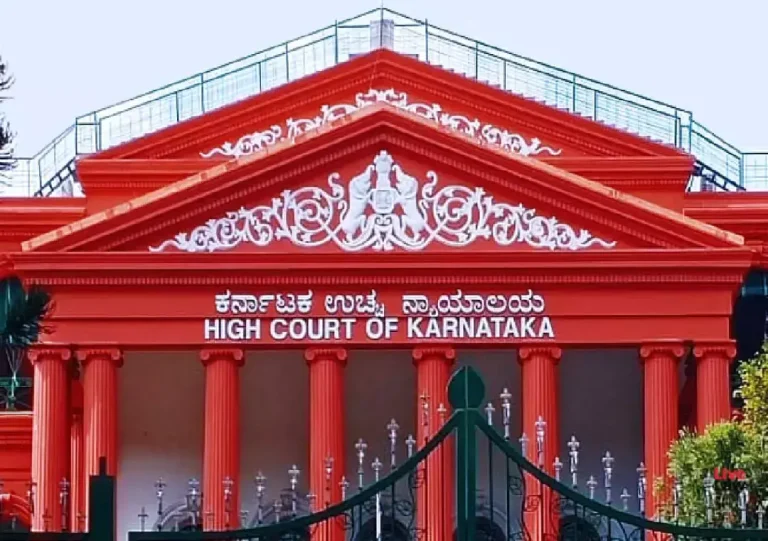
Govt proposes 5% and 18% GST slabs, tobacco & pan masala at 40%: Reports
In a significant development, the Indian government has proposed a major overhaul of the Goods and Services Tax (GST) structure, recommending two tax slabs of 5% and 18%, according to reports quoting government sources. The reports further indicate that sin goods like tobacco and pan masala will face a whopping 40% GST.
The proposal has been reportedly sent to the GST Council, which is responsible for making decisions on GST rates and structure. The council is expected to discuss and approve the proposal soon.
The current GST structure in India has multiple slabs, including 5%, 12%, 18%, and 28%. The government has been considering reforms to simplify the tax system and increase revenue. The proposed two-slab system is expected to make it easier for businesses and consumers to understand and comply with GST norms.
The 5% slab is likely to be applicable to most goods and services, including essential items like food, clothing, and household goods. The 18% slab is expected to cover a wider range of goods and services, including luxury items, services, and certain goods that are currently taxed at a higher rate.
The 40% GST slab, on the other hand, is proposed for sin goods like tobacco and pan masala. These products are considered harmful to public health and are already subject to high taxes. The additional GST tax will be aimed at discouraging their consumption and increasing revenue.
The proposal is seen as a significant move towards simplifying the GST system and increasing revenue for the government. The government has been facing challenges in implementing the GST system, including a complex structure, multiple rates, and issues with compliance.
The proposed two-slab system is expected to reduce the complexity of the GST structure, making it easier for businesses to comply with tax norms. The reduced number of slabs will also reduce the administrative burden on the government, allowing it to focus on more critical issues.
The move is also expected to have a positive impact on the economy, as it will reduce the burden on businesses and consumers. The simplified GST system will also make it easier for foreign investors to invest in India, as they will have a clearer understanding of the tax system.
However, the proposal has also raised concerns among certain sections of the industry, particularly the tobacco industry. The industry has been opposing the proposed 40% GST rate, arguing that it will lead to a significant increase in the prices of tobacco products and further exacerbate the country’s tobacco addiction problem.
The government has been at the forefront of reducing tobacco consumption in the country, and the proposed 40% GST rate is seen as a major step towards achieving this goal. The government has been implementing various measures to reduce tobacco consumption, including increasing taxes on tobacco products, banning the sale of tobacco products near educational institutions, and promoting alternative nicotine products.
The proposal is expected to be discussed and approved by the GST Council in the coming weeks. If approved, the new GST rates will come into effect from April 1, 2023.






